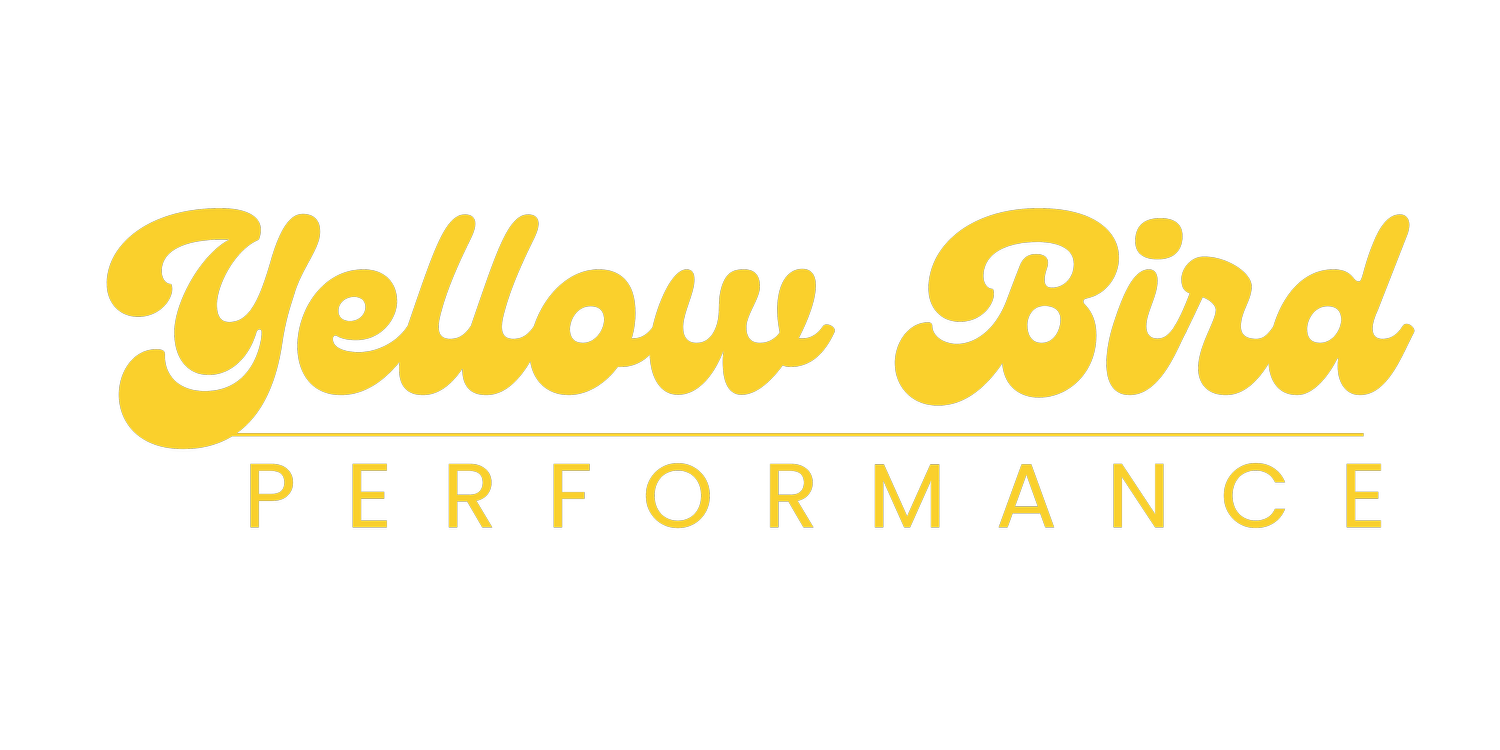Why Change Management Matters in the Home & Gift Sector
The Home, Gift and Living sector has always thrived on creativity, trends, and seasonal shifts. But behind the beautifully designed products and eye-catching displays, there’s a critical factor that often gets overlooked: how well a business adapts internally to the demands of a fast-changing market.
Change management isn’t just for large corporates with big consultancy budgets. For small and medium-sized enterprises (SMEs), it can be the difference between staying relevant and being left behind. Retailers, from independents to national multiples, are increasingly looking for suppliers who can offer not only great products but also reliable systems, scalable processes, and the ability to meet demand consistently.
The Challenge for SMEs
In the Home & Gift sector, many businesses start with a founder’s passion and creativity. That energy is invaluable, but as the business grows, what worked in the early days often isn’t sustainable. Without intentional change, SMEs risk bottlenecks, missed opportunities, and eventually, stagnant growth.
Common signs that change management is needed include:
Teams stretched thin and unclear on responsibilities.
Reliance on outdated systems or spreadsheets that can’t scale.
Inconsistent customer journeys between B2B and B2C channels.
Sales plateauing despite product innovation.
The Power of Proactive Change
At Yellow Bird, I’ve seen how relatively small but strategic changes can transform a business. For example:
Restructuring a team to align roles with growth goals, freeing up founders to focus on strategy rather than firefighting.
Rebranding a product line to reposition it for more profitable retail partnerships.
Redesigning a sales funnel to strengthen B2C performance while creating a seamless wholesale ordering journey for trade buyers.
Introducing a CRM system to replace manual processes, track opportunities, and provide actionable insights.
These aren’t cosmetic changes, they’re shifts that improve resilience, profitability, and competitiveness.
Why Acting Early Matters
Too often, businesses only embrace change when they’re forced to: a big retail contract is lost, cash flow tightens, or a competitor races ahead. But the companies that succeed long term are the ones that treat change as an ongoing discipline. They don’t wait for a crisis, they proactively refine, adapt, and evolve.
Takeaway
The Home, Gift and Living sector rewards creativity, but sustainable success depends on much more than great products. Businesses that embed change management early are better equipped to:
Secure long-term retail partnerships.
Build operational resilience.
Unlock new revenue streams.
Achieve sustainable growth.
Change isn’t about reacting to challenges. It’s about shaping the future you want for your business, and making sure your team, processes, and strategy are ready to deliver it.
